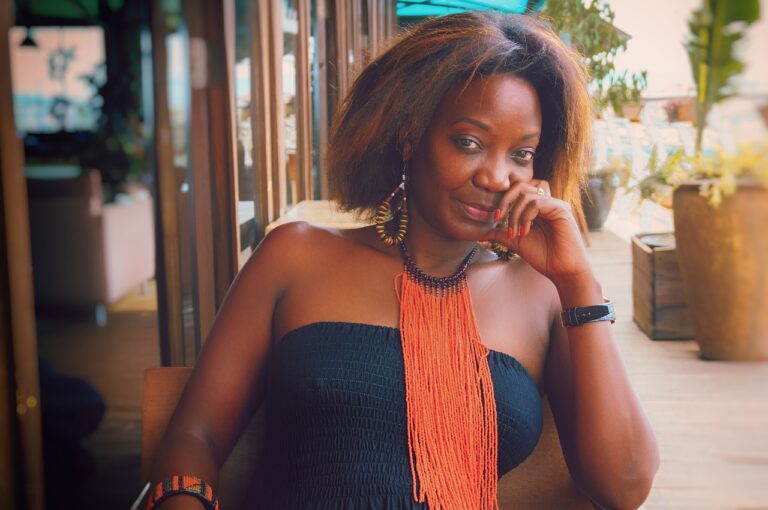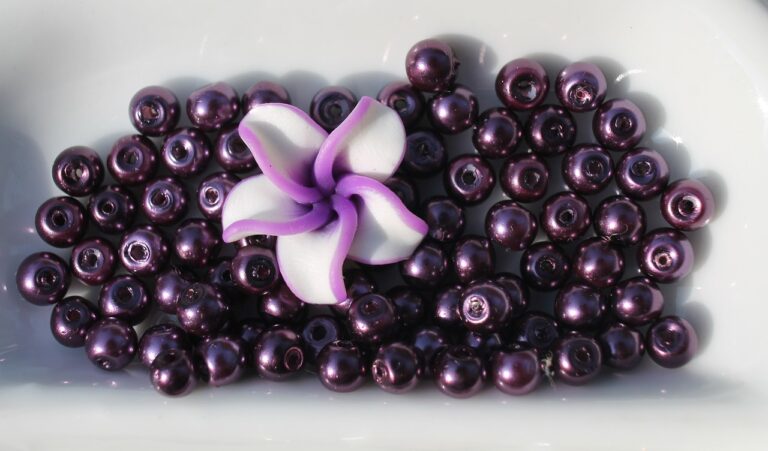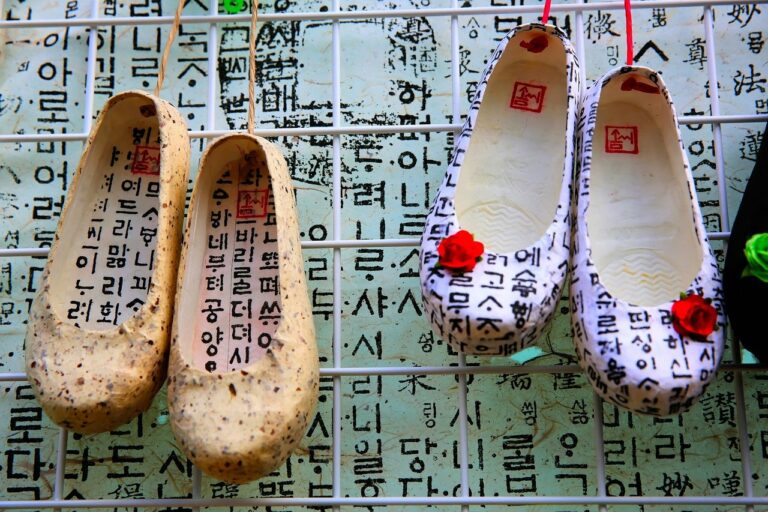The Role of Fashion in Promoting Cultural Heritage Preservation: 11xplay online, Gold365 com, Skyfyer
11xplay online, gold365 com, skyfyer: Fashion has always been a powerful tool for self-expression and creativity, but it also plays a crucial role in promoting and preserving cultural heritage. From traditional textiles to iconic garments, fashion has the ability to tell stories and celebrate the richness of different cultures around the world.
In recent years, there has been a growing awareness of the need to protect and promote cultural heritage. With globalization and modernization threatening the survival of traditional practices and crafts, many people are turning to fashion as a way to showcase and preserve their cultural identity.
One of the ways in which fashion promotes cultural heritage preservation is through the use of traditional textiles and techniques. By incorporating traditional fabrics such as ikat, batik, or hand-woven textiles into modern designs, designers are able to celebrate the craftsmanship and skill of artisans from different cultures. This not only helps to keep these traditional techniques alive but also provides a platform for artisans to showcase their work to a global audience.
Another way in which fashion promotes cultural heritage preservation is by celebrating iconic garments and styles that are unique to a particular culture. From the kimono in Japan to the saree in India, these garments have a rich history and symbolism that goes beyond just their aesthetic value. By incorporating these garments into their collections, designers are able to pay homage to the cultural significance of these pieces while also introducing them to a new generation of fashion lovers.
Fashion also plays a role in promoting cultural heritage preservation through collaborations with indigenous communities and artisans. By working directly with artisans to create sustainable and ethically produced fashion pieces, designers are able to support local economies and help preserve traditional crafts. These collaborations not only bring attention to the importance of cultural heritage but also provide artisans with a platform to showcase their skills and creativity.
Overall, fashion has the power to promote cultural heritage preservation by celebrating traditional textiles and techniques, showcasing iconic garments, and supporting indigenous communities and artisans. By incorporating elements of cultural heritage into their designs, designers are able to celebrate the diversity and richness of different cultures while also raising awareness of the importance of preserving these traditions for future generations.
**The Role of Fashion in Promoting Cultural Heritage Preservation**
**Introduction**
In today’s globalized world, the preservation of cultural heritage has become more important than ever. With traditional practices and crafts facing the threat of extinction, many people are turning to fashion as a way to celebrate and preserve their cultural identity. Fashion has the power to tell stories, showcase craftsmanship, and celebrate diversity, making it a valuable tool in the fight to protect cultural heritage.
**Traditional Textiles and Techniques**
One of the ways in which fashion promotes cultural heritage preservation is through the use of traditional textiles and techniques. By incorporating fabrics such as ikat, batik, or hand-woven textiles into their designs, designers are able to celebrate the craftsmanship of artisans from different cultures. This not only helps to keep traditional techniques alive but also provides a platform for artisans to showcase their work to a global audience.
**Iconic Garments and Styles**
Fashion also plays a role in promoting cultural heritage preservation by celebrating iconic garments and styles that are unique to a particular culture. From the kimono in Japan to the saree in India, these garments have a rich history and symbolism that goes beyond just their aesthetic value. By incorporating these garments into their collections, designers are able to pay homage to the cultural significance of these pieces while introducing them to a new generation of fashion lovers.
**Collaborations with Indigenous Communities**
Another way in which fashion promotes cultural heritage preservation is through collaborations with indigenous communities and artisans. By working directly with artisans to create sustainable and ethically produced fashion pieces, designers are able to support local economies and help preserve traditional crafts. These collaborations not only bring attention to the importance of cultural heritage but also provide artisans with a platform to showcase their skills and creativity.
**Education and Awareness**
Fashion also has the power to raise awareness about the importance of preserving cultural heritage. By creating collections that highlight traditional practices and crafts, designers can educate consumers about the significance of these traditions and the impact of globalization on indigenous communities. This awareness can lead to a greater appreciation for cultural diversity and a desire to support efforts to protect it.
**Fashion as a Form of Resistance**
In some cases, fashion can also be a form of resistance against cultural appropriation and exploitation. By reclaiming traditional garments and styles that have been appropriated by mainstream fashion, designers can empower communities to take back ownership of their cultural identity. This serves as a powerful statement against the commodification of culture and the erasure of traditional practices.
**Conclusion**
Fashion has the ability to promote cultural heritage preservation by celebrating traditional textiles and techniques, showcasing iconic garments, supporting indigenous communities and artisans, raising awareness, and serving as a form of resistance. By incorporating elements of cultural heritage into their designs, designers are able to celebrate the diversity and richness of different cultures while also highlighting the importance of preserving these traditions for future generations.
**FAQs**
**1. How can consumers support cultural heritage preservation through fashion?**
Consumers can support cultural heritage preservation by being conscious of where their clothes are coming from, choosing to buy from brands that support traditional crafts and techniques, and educating themselves about the cultural significance of different garments and textiles.
**2. What are some examples of designers who are promoting cultural heritage preservation through fashion?**
Designers such as Stella Jean, Dries Van Noten, and Bode are known for incorporating elements of cultural heritage into their collections and collaborating with indigenous communities and artisans to create sustainable and ethically produced fashion pieces.
**3. What can governments and organizations do to support cultural heritage preservation through fashion?**
Governments and organizations can provide funding and resources to support traditional artisans and craftspeople, create policies that protect intellectual property rights for traditional designs, and promote cultural heritage through initiatives such as fashion exhibitions and workshops.
**4. How can fashion schools and institutions play a role in promoting cultural heritage preservation?**
Fashion schools and institutions can incorporate courses and programs that focus on traditional textiles and techniques, encourage students to explore different cultures and traditions in their designs, and collaborate with indigenous communities and artisans to create sustainable fashion projects.
**5. What are some ways in which consumers can educate themselves about the cultural heritage behind fashion?**
Consumers can educate themselves by reading books and articles about the history of fashion and traditional textiles, visiting museums and exhibitions that showcase cultural heritage, and engaging with brands and designers who are transparent about their sourcing and production practices.







